LIGHT MODE
DARK MODE
Most popular
The Florentine


“Since 2005, the mission of The Florentine has been to serve the English-speaking community of Florence. In 2023, we act as a bridge for Florence lovers wherever they are in the world, while staying true to our original ethos.”
— Helen Farrell, editor in chief
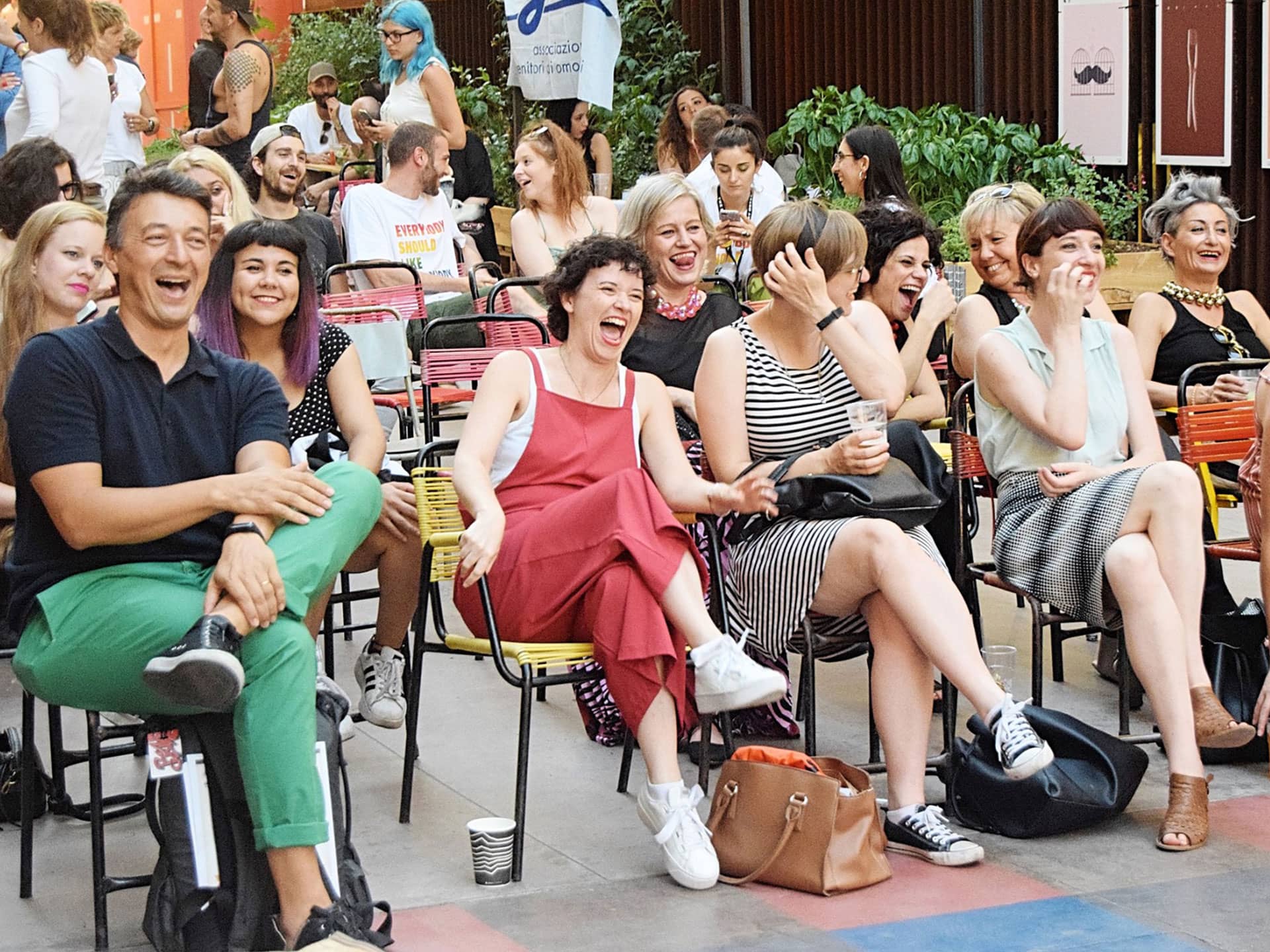
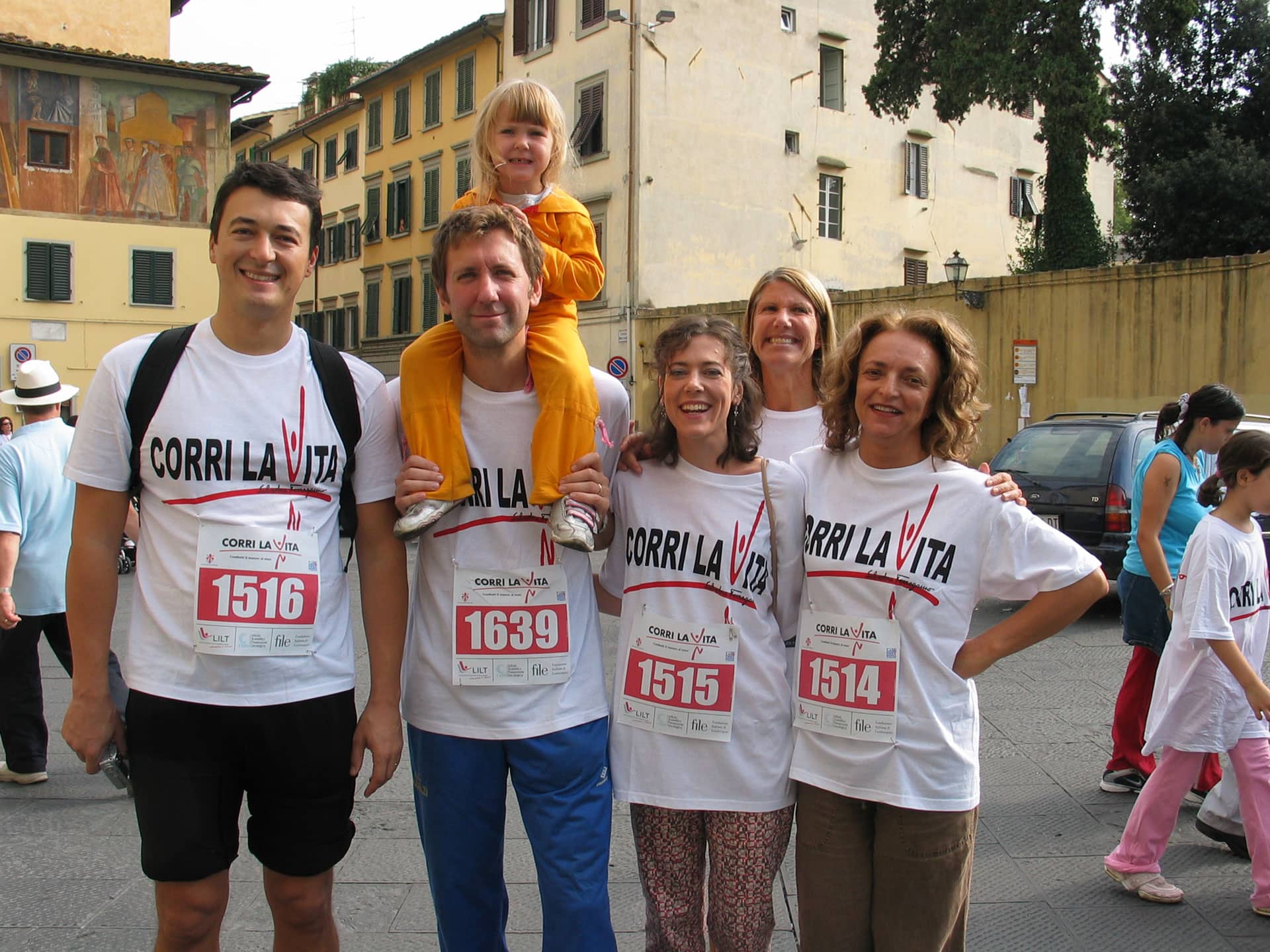
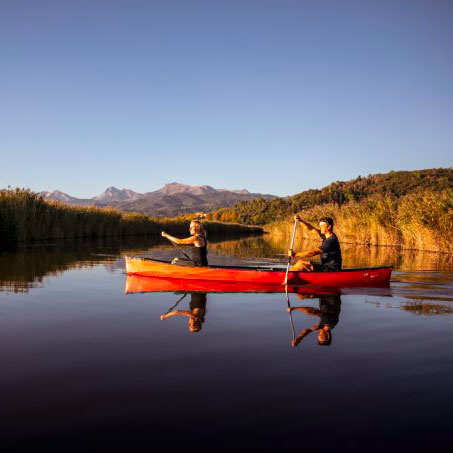
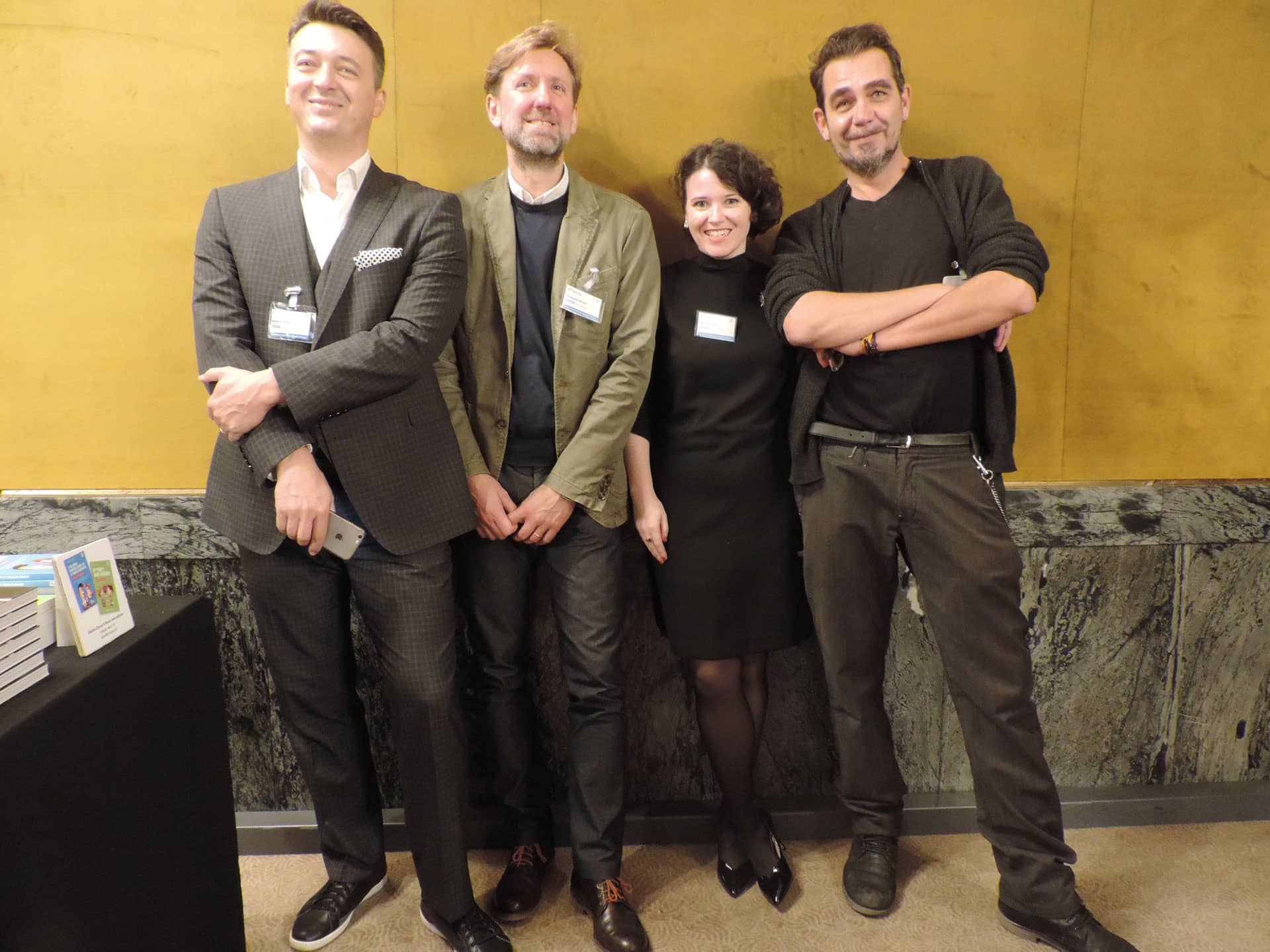
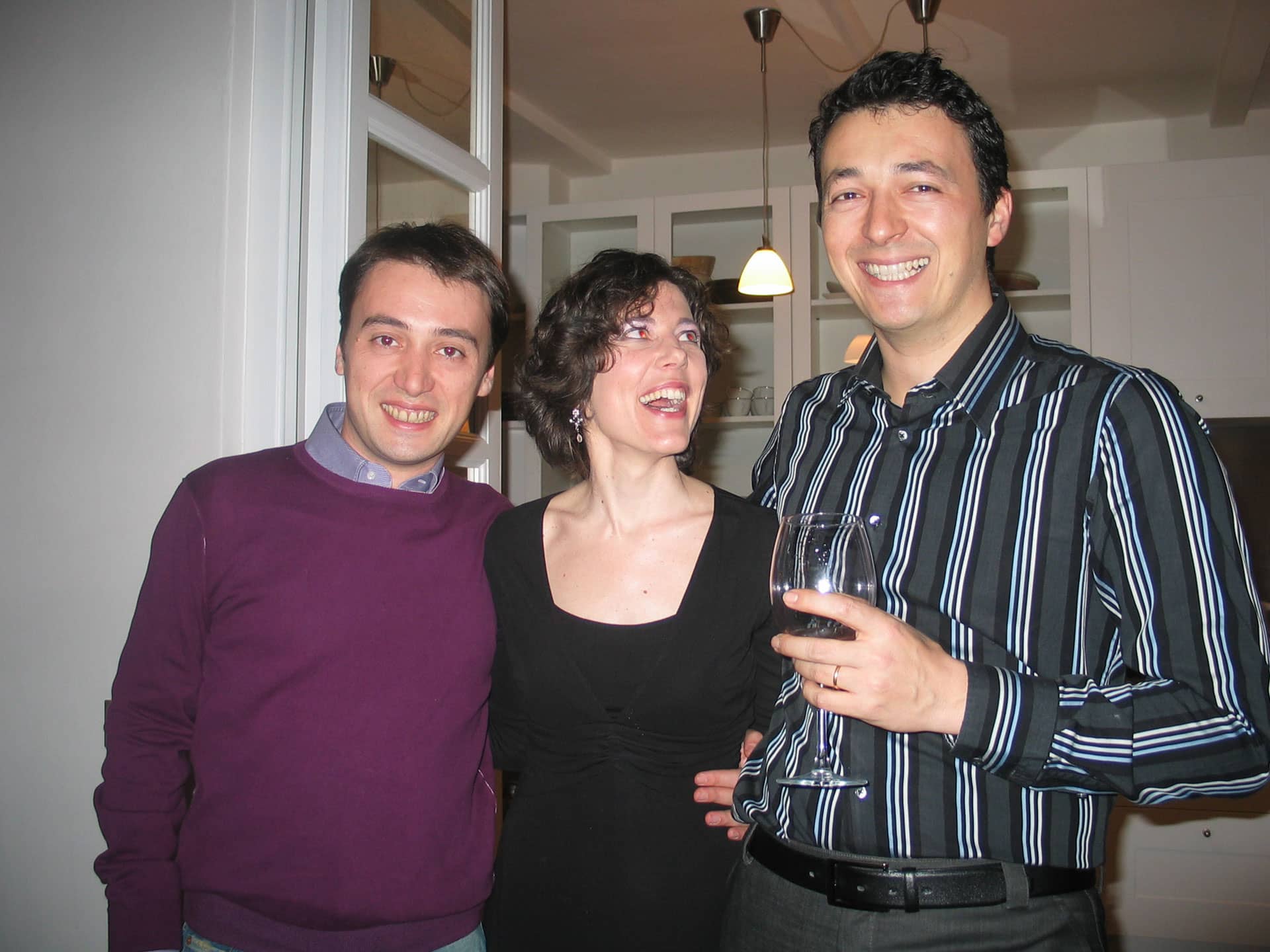
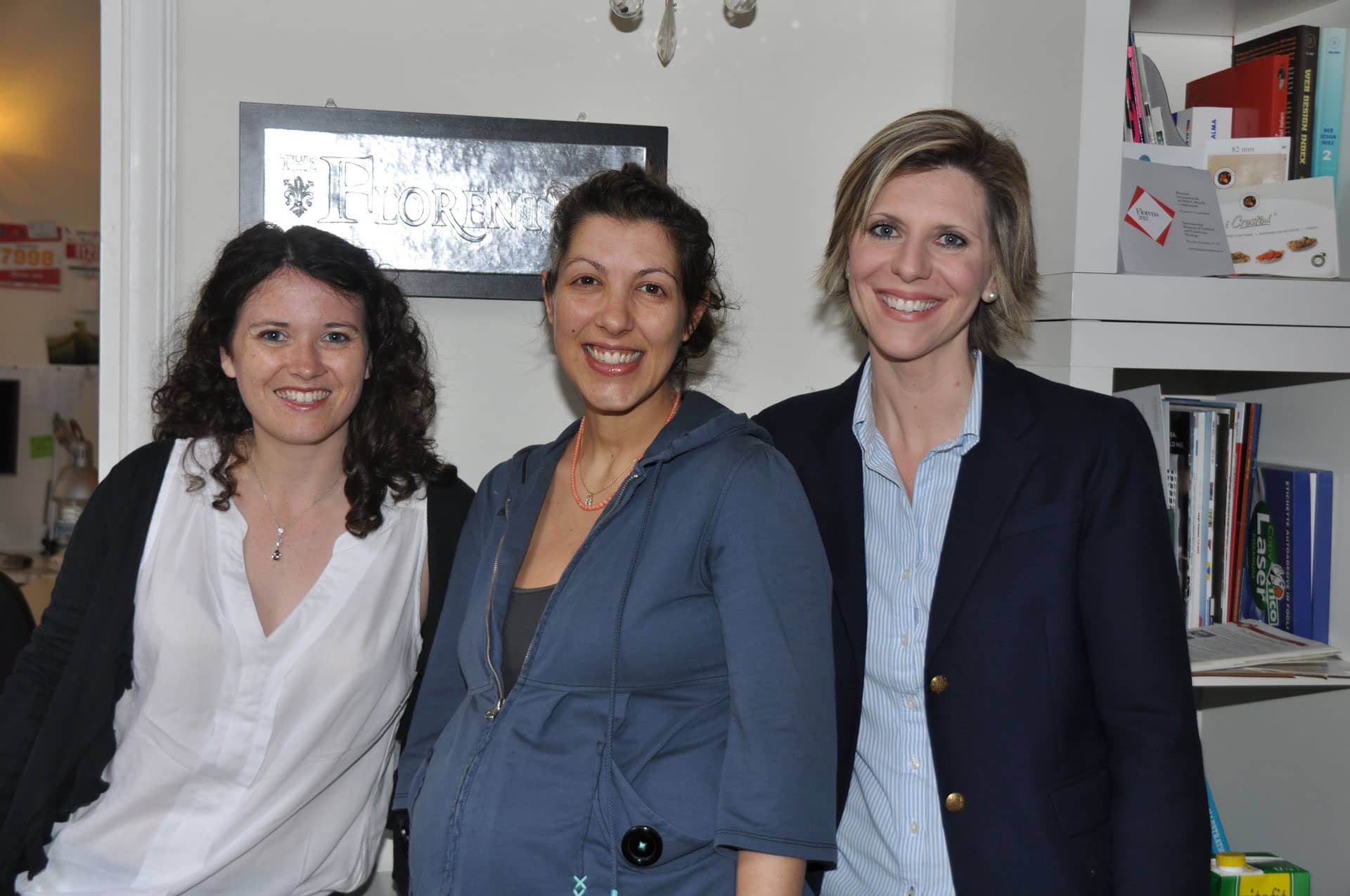
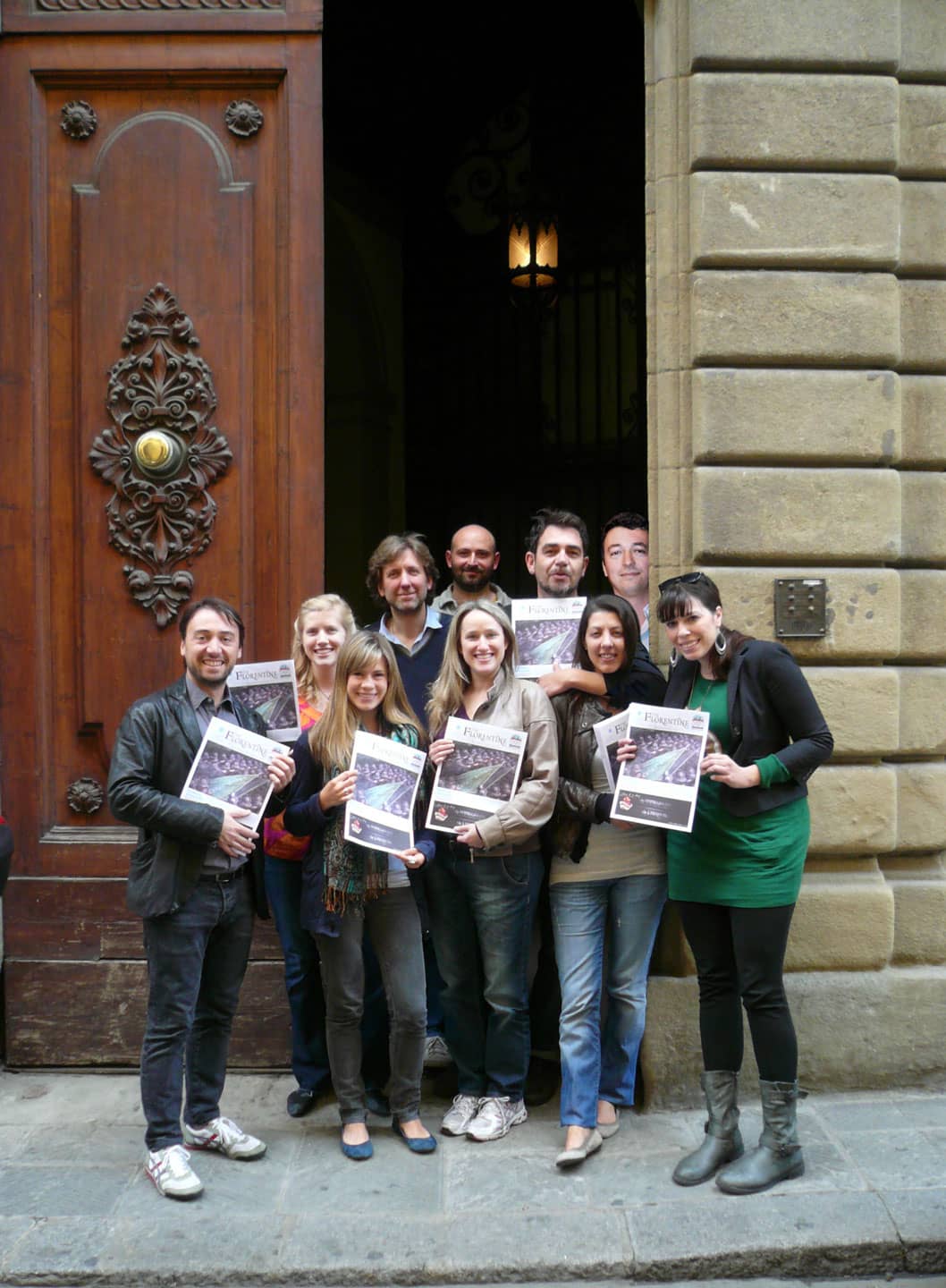
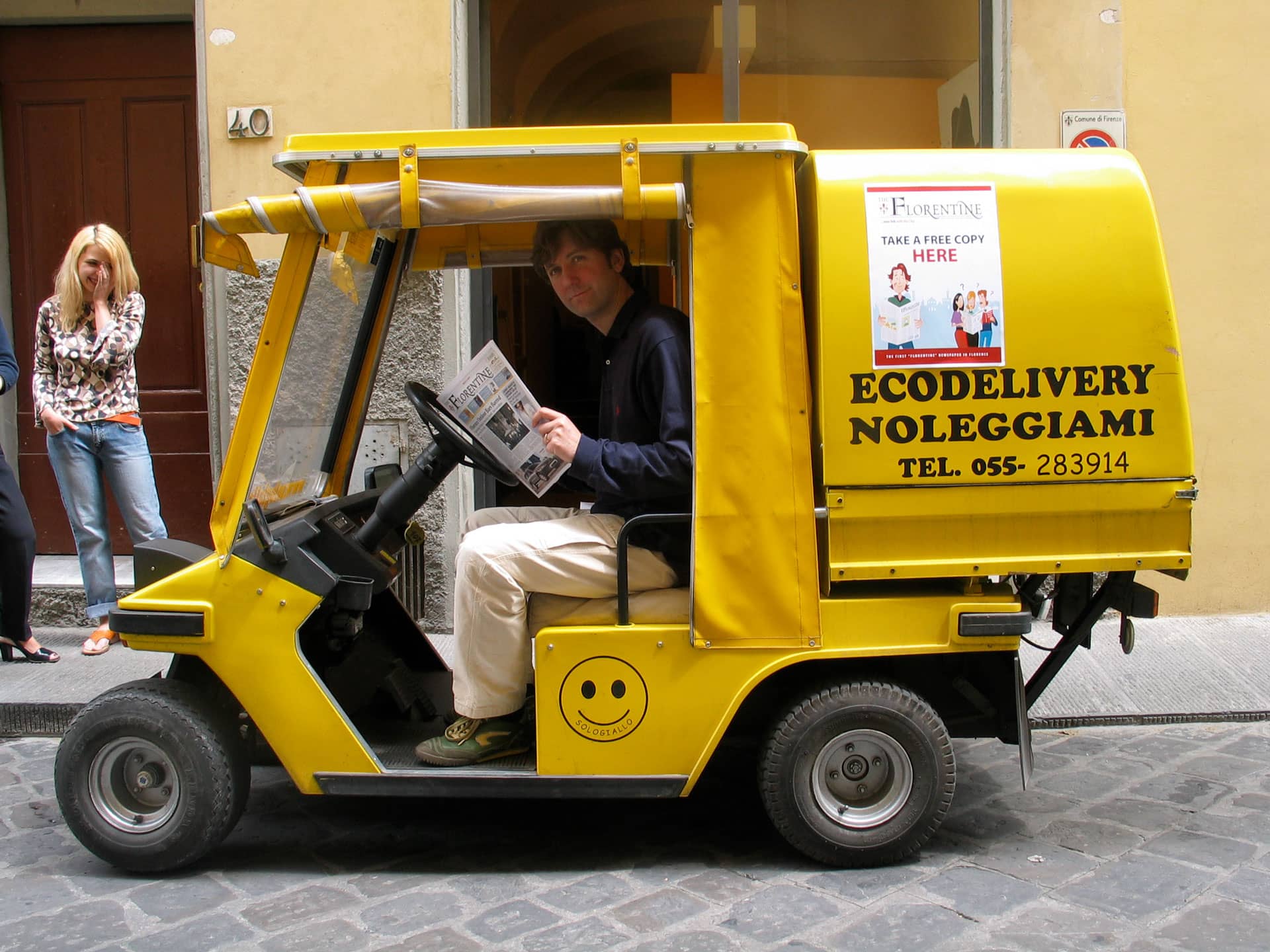
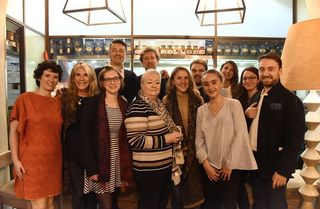
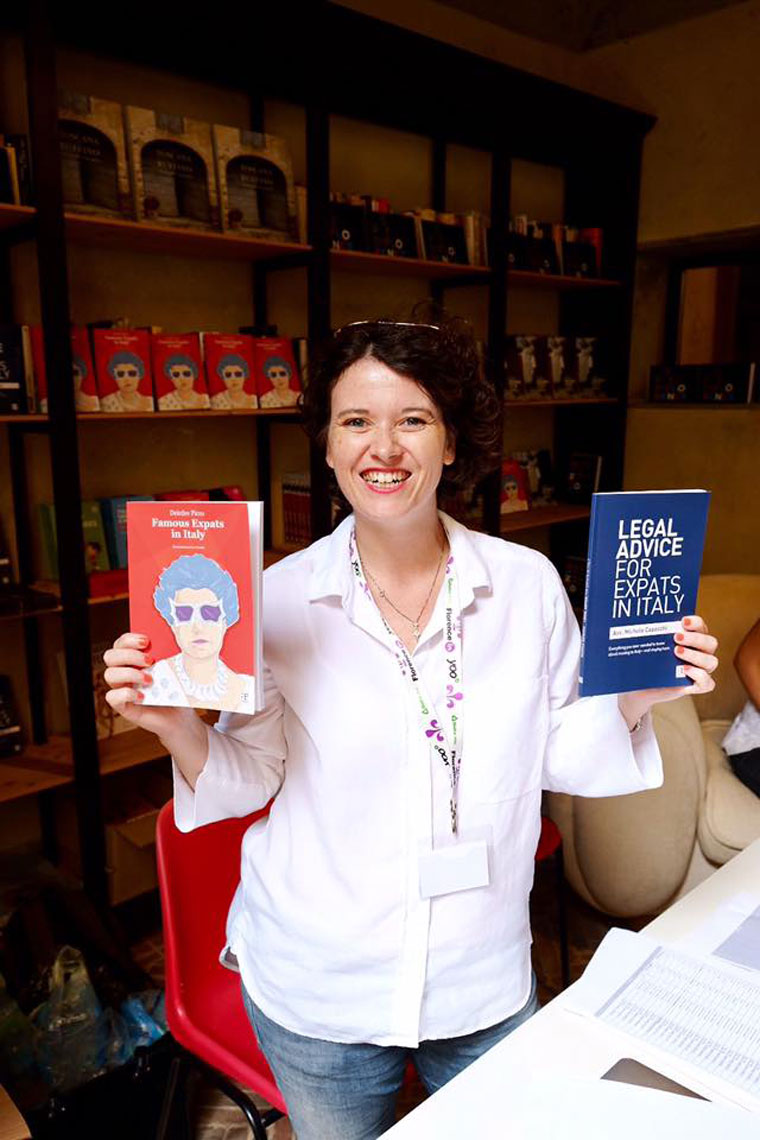
The Florentine was launched as a news magazine for English speakers in Florence, Italy, in 2005. On moving to Florence, Americans Nita and Tony Tucker were surprised not to find an English newspaper, so they teamed up with co-founder Marco Badiani, Giovanni Giusti and Leonardo Cardini to produce, print and distribute the paper.
When the Tuckers moved away two years later, the rest of the team remained intact and Marco, Giovanni and Leonardo continue to publish The Florentine to this day.
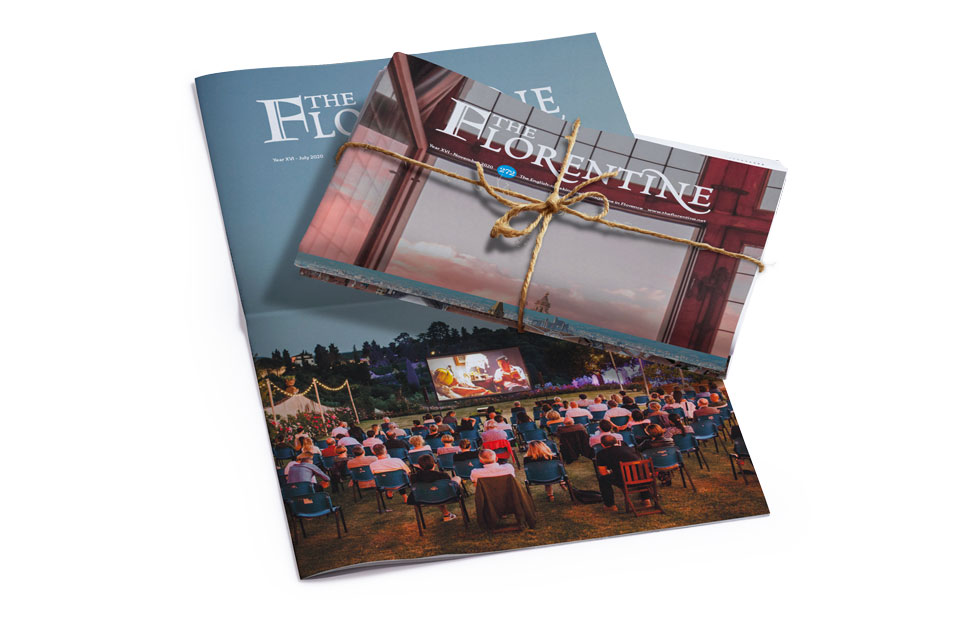
Today, The Florentine is published 11 times a year: the magazine is distributed for free from 120+ points in Florence. We have a circulation of 5K copies per month and more than 1K subscribers worldwide.
Our readers — Florence lovers around the world, English-speaking expatriates, international students and globally minded Italians here in the city — benefit from our digital-first approach to news and events in Florence through as-it-happens online publication and regular newsletters. We have an extensive network of over 2,500 writers and contributors, photographers and videographers, and encourage and welcome comments and involvement across all social media platforms.
Our editorial independence is important, which is why we rely on reader support through subscriptions and financial contributions.
The Florentine is growing all the time, but we remain true to our community ethos, inspired by our readers, for our readers, united by a love of Florence, service journalism and a passion for print.

The English news magazine in Florence.
We celebrate Issue 300 with a community party.
We introduce a Walks series with licensed guide Jennifer Deckert.
We launch a new visually-driven website with improved user experience.
We launch Destination Florence Magazine with Destination Florence Convention & Visitors Bureau to promote Florence from an original point of view: trade fairs, conferences, study abroad, start-ups and intellectual capital.
We join forces with The International School of Florence to provide students with their first bylines.
We hold a joint fundraising evening at The British Institute of Florence with a gala evening in the company of actor and pianist Hershey Felder.
We embark on a creative partnership with Hershey Felder, supporting the actor and producer’s Live From Florence musical film productions. We produce a quarterly newsletter for the members of private residence club Palazzo Tornabuoni.
At the peak of the pandemic, we published Healing Not Broken, a 106-page special issue documenting Florence at its bleakest, interspersed with iconic photography.
On the Friday before the Italy lockdown, we launched a reader donation model, which kept our magazine alive when advertising disappeared overnight.
We introduce TF Together, an online events series to keep our audience engaged and entertained during the pandemic.
We partner with the U.S. Consulate General Florence to celebrate 200 years of U.S. diplomatic presence in the city.
We embrace the city’s Enjoy Respect Firenze campaign to encourage correct conduct among travellers and endorse the Ruffino Cares responsible drinking campaign.
We team up with Toscana Promozione Turistica to promote the region’s adventure tourism campaign and a drive to showcase a partnership in luxury tourism between Tuscany and the Langhe area in Piedmont.
About 500 people took part at The Florentine Day held at Palazzo San Niccolò on September 14 for interviews, seminars and creative workshops.
We partner with US non-profit Advancing Women Artists on The First Last crowdfunding campaign. 409 people from 19 countries gave 67,810 dollars to restore nun-artist Plautilla Nelli’s Last Supper and return it to public view.
We take over management of Visit Prato, a visually driven publishing project to promote Prato in English and Italian.
We launch The Tuscan Times, applying the same ethos to Tuscany.
We celebrate our 200th issue with a party for 200 people.
We launch our first ever digital-only issue, with unprecedented success—60,000 copies downloaded and read around the world. Based on this experiment, we change approach and become a monthly paper publication with a digital-first approach to news and events.
Professor Victor Coonin’s book From Marble to Flesh: The Biography of Michelangelo’s David is published thanks to a crowdfunding campaign. The book was subsequently cited in the New York Times Magazine cover article “David’s Ankles: How Imperfections Could Bring Down the World’s Most Perfect Statue” by Sam Anderson as the “definitive recent history” of the statue. On Tuesday May 16, 2017, the book was the subject of the Final Jeopardy question, established its status in popular culture.
We partner with Opera di Santa Croce to run the Crazy for Pazzi crowdfunding campaign, the first cultural Kickstarter campaign in Florence. Over 100,000 US dollars were raised in 33 days to restore the loggia of the Pazzi Chapel.
The Florentine is mentioned in Dan Brown’s bestselling book, Inferno. At the press conference held at the Palazzo Vecchio, Dan Brown remarked, “I was familiar with The Florentine from a visit here two years ago, and also online, and it was enormously helpful, obviously, to get a flavor. I would not have included it if I were not a fan.”
The documentary, Invisible Women. Forgotten Artists of Florence, wins an Emmy award. It is based on the book by The Florentine’s culture editor, Jane Fortune (d. 2018) and published by The Florentine Press. The award is celebrated by the Italian premiere at Florence’s Odeon cinema, shown to a packed audience of 450 people.
“I was familiar with The Florentine from a visit here two years ago, and also online, and it was enormously helpful, obviously, to get a flavor. I would not have included it if I were not a fan.”
– Dan Brown, on including The Florentine in his bestseller Inferno (2013)
We launch a series of walks and visits with licensed tour guide and former managing editor of The Florentine, Alexandra Lawrence.
Former mayor of Florence, Matteo Renzi, asks for a space in which he can communicate directly with English speakers on the pages of The Florentine.
We partner with the City of Florence to produce the English language website detailing the city’s services for international visitors and residents.
TF celebrates its 100th issue.
Special issue for the 90th anniversary of the British Institute of Florence, a 32-page supplement made on commission.
TF receives funding for two years to support The Florentine in the classroom project, consisting of the production and distribution of content in English classrooms in Florence’s high schools.
TF is awarded a contract to do all translations for turismo.intoscana.it, under the direction of Fondazione Sistema Toscana. The contract still continues today.
The Florentine Press is founded and Italians Dance and I’m a Wallflower by Linda Falcone is published. The book is now in its seventh edition.
Special issue for the 40th anniversary of the 1966 Florence flood.
The Florentine was Marco’s idea. The magazine was originally going to be called Ciao Florence.
Americans Nita and Tony Tucker were surprised not to find an English magazine in Florence. They team up with co-founder Marco Badiani, Giovanni Giusti and Leonardo Cardini to make, print and distribute The Florentine.
